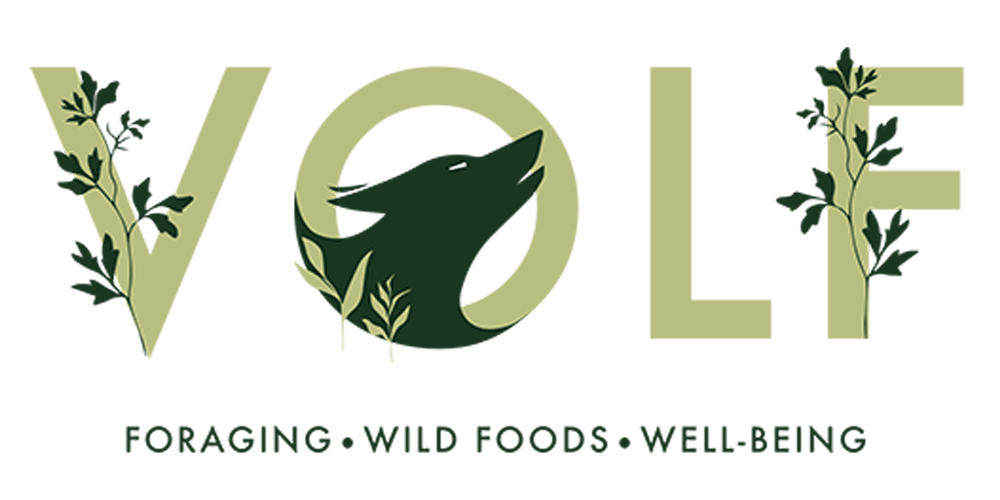Parasol
How To ID Me And What I’m Good For?
My ID Features:
Typical ‘snake skin’ pattern on the stem (very important, explained below)
Gills (free from the stem)
In situ
A younger specimen.
Unopened caps.
Shaggy Parasol [Chlorophyllum rhacodes]. You can see the difference in cap and stipe texture.
Parasol
Latin Name - Macrolepiota procera.
Common names - Parasol Mushroom, Snakeskin Parasol, Snakes Hat, Drumstick Mushroom.
Family - Agaricaceae.
Spore print - White to cream.
Season - Predominantly autumn. But, sometimes late summer or early winter. Very much depends on climates.
Habitat - Found in forests, as well as grass & pasture land. Usually growing in large numbers. We sometimes find it growing along the coastline where it takes on a lovely natural salinity.
Possible Confusion - Shaggy Parasol [Chlorophyllum rhacodes] can cause serious tummy upsets. The Shaggy Parasol has flesh that turns red when it is cut, and its stem lacks the snakeskin-like patterning, it is generally smaller also. Whilst Shaggy Parasol is certainly not a deadly species, it does cause serious problems in some, so best to try a small part first if you consider eating it (as with all mushrooms).
Confusion has sometimes been cited with amanita, due to the almost sack like appearance of Parasol when young. One should take extreme caution with amanita as some members of the family are deadly. It is best to pick Parasol as they mature, as shown in the pictures.
Chlorophyllum molybdites (false parasol) is mostly an American species. It’s not something we’ve come across. It is worth noting here since its distribution has been noted in Europe and this is a poisonous mushroom.
Description - I recently posted a video stating just how important this mushroom is in our household. It was one of the last mushrooms Nikki & her grandad foraged for, sadly before his passing. It holds a huge part it Nikki’s heart. Not to mention, it’s absolutely delicious!
We see many folk using it for schnitzel, which is a great way to use it. And, Another homage to Nikki’s Czech roots.
We’ve seen many people discard the stems, but they make an excellent mushroom seasoning powder once dried.
Physical Characteristics -
The Stem
The snake skin pattern shown in the first picture should be enough to distinguish between potentially toxic lookalikes. A large double-edged ring persists around the stem of Macrolepiota procera but often becomes movable and falls to the base. Inside the stem the tough white fibrous flesh is loosely packed, and sometimes the stem is hollow. The stem is bulbous at its base and can reach a height of 30cm.
The Cap
Initially spherical and pale brown with a darker brown area near the crown that breaks into scales, the cap expends until it is flat with a small central bump, known as an umbo. The cap flesh is white and does not change colour significantly when cut. The cap diameter at maturity can reach up to 30cm!
The Gills
The broad, crowded gills of the Parasol Mushroom are white or pale cream and free (as shown in our pictures).
Harvesting Sustainability - Whilst it is now well recorded that picking mushrooms will not damage their mycelium (roots). We can testify this doesn’t damage further fruiting. One must consider the impact of damaging insect populations. Pick one leave one. Is the best approach, always!
Important note - It is worth noting that mushrooms love to collect pollutants from their environments. As these mushrooms seem to also love a roadside. It would be our advice to stay away from them there. They will undoubtedly collect metals which your body can’t process.
Never munch on a hunch! Volf takes no responsibility for anything consumed.
















